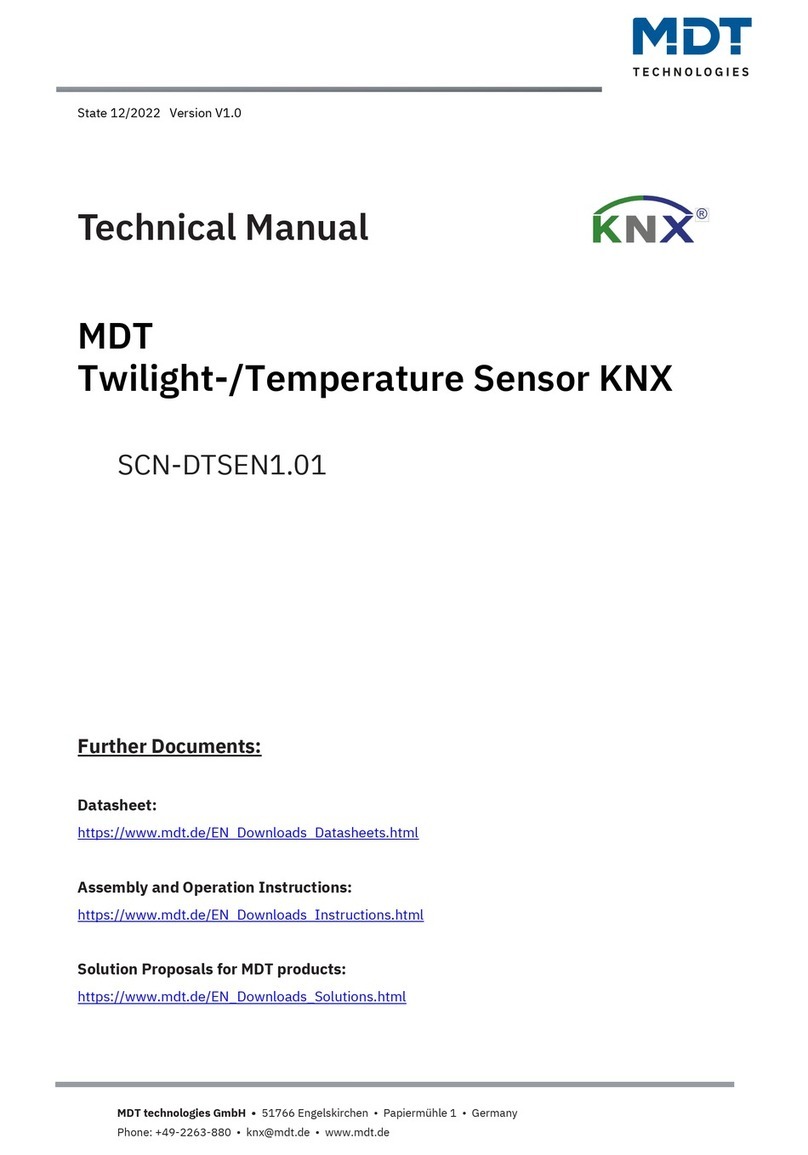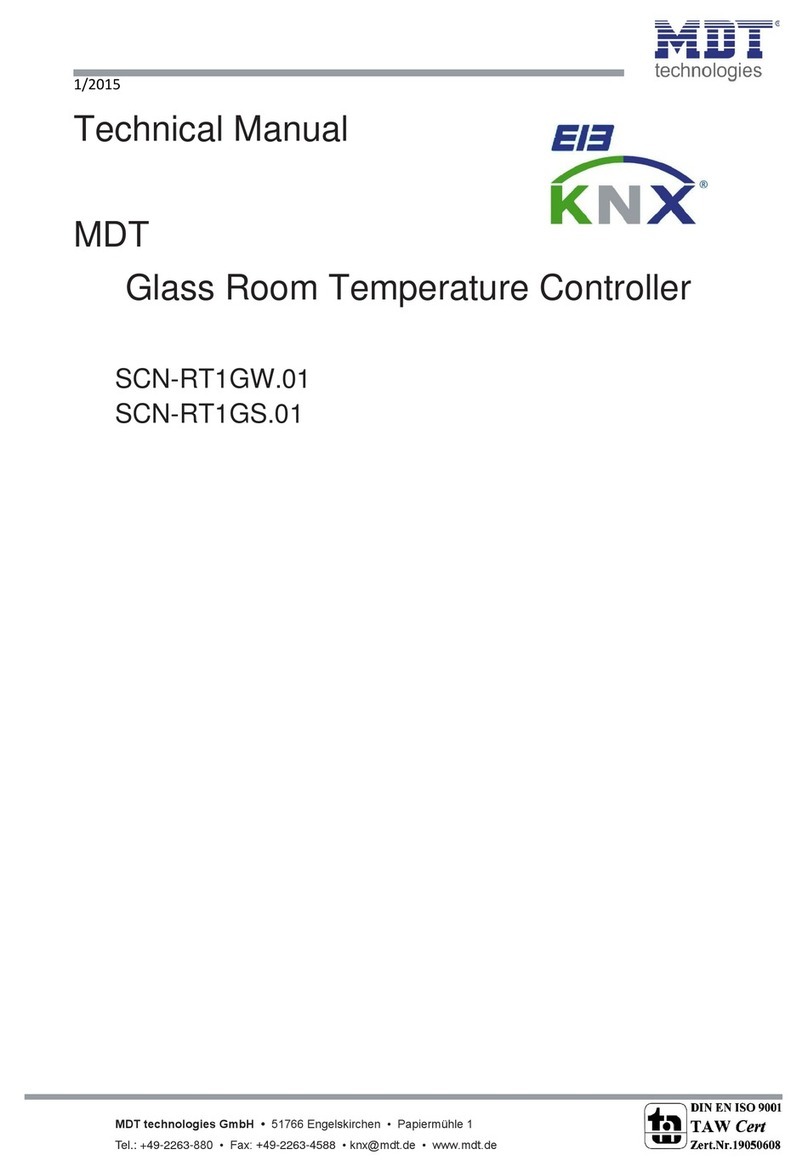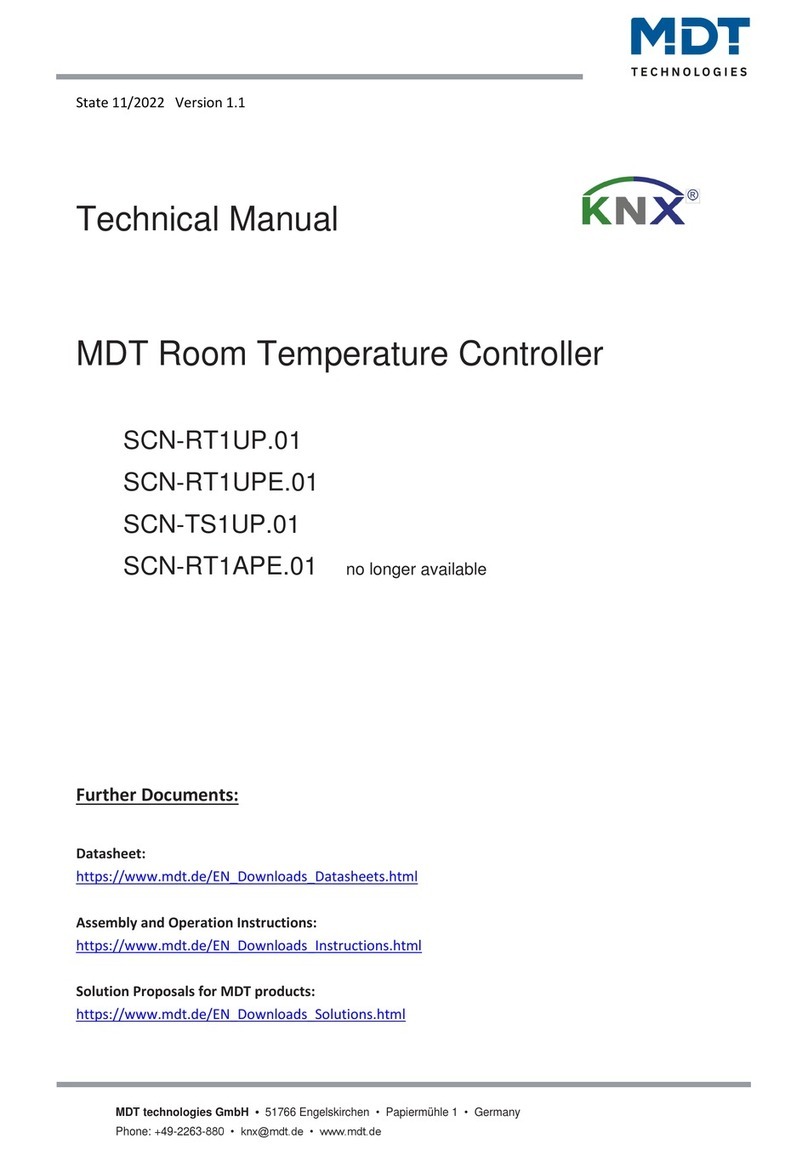1 Content
1 Content................................................................................................................................................. 2
2 Overview............................................................................................................................................... 4
2.1 Overview devices........................................................................................................................... 4
2.2 Usage & Areas of use..................................................................................................................... 4
2.3 Exemplary circuit diagram............................................................................................................. 5
2.4 Structure & Handling..................................................................................................................... 5
2.5 Functions ....................................................................................................................................... 6
2.5.1 Overview functions................................................................................................................. 7
2.6 Settings at the ETS-Software......................................................................................................... 8
2.7 Starting up ..................................................................................................................................... 8
3 Communication objects........................................................................................................................ 9
3.1 Default settings of the communication objects ............................................................................ 9
4 Reference ETS-Parameter .................................................................................................................. 11
4.1 General Settings .......................................................................................................................... 11
4.2 Temperature measurement........................................................................................................ 12
4.3 Alarm/Messages.......................................................................................................................... 14
4.4 Controller general........................................................................................................................ 16
4.4.1 Controller type ..................................................................................................................... 16
4.4.2 Operating modes & Setpoints.............................................................................................. 17
4.4.3 Setpoint offset...................................................................................................................... 23
4.4.4 Blocking objects.................................................................................................................... 25
4.4.5 Heating/Cooling request objects.......................................................................................... 26
4.4.6 Guiding ................................................................................................................................. 27
4.4.7 Dead zone............................................................................................................................. 29
4.5 Controller settings....................................................................................................................... 31
4.5.1 Control value ........................................................................................................................ 31
4.5.2 PI control continuous ........................................................................................................... 32
4.5.3 PI control switching (PWM).................................................................................................. 35
4.5.4 2-step control (switching)..................................................................................................... 37
4.5.5 Direction of controller.......................................................................................................... 39
4.5.6 Additional level..................................................................................................................... 39
4.5.7 Additional settings for heating and cooling ......................................................................... 42






























